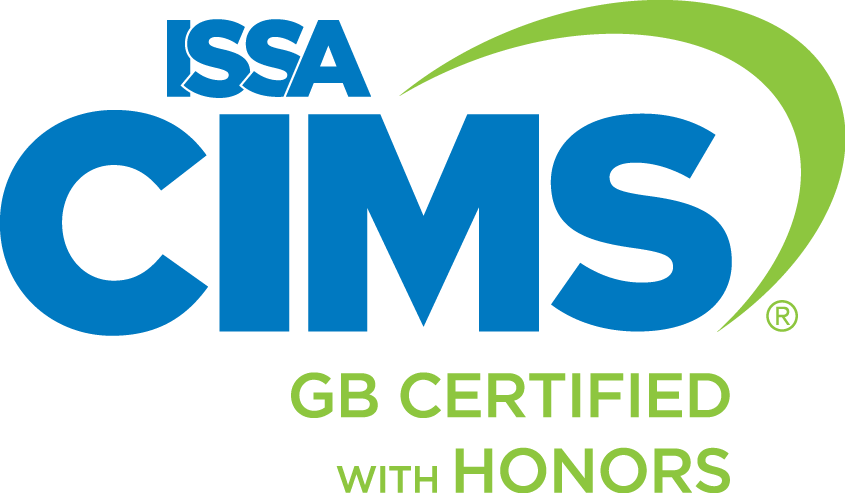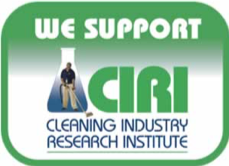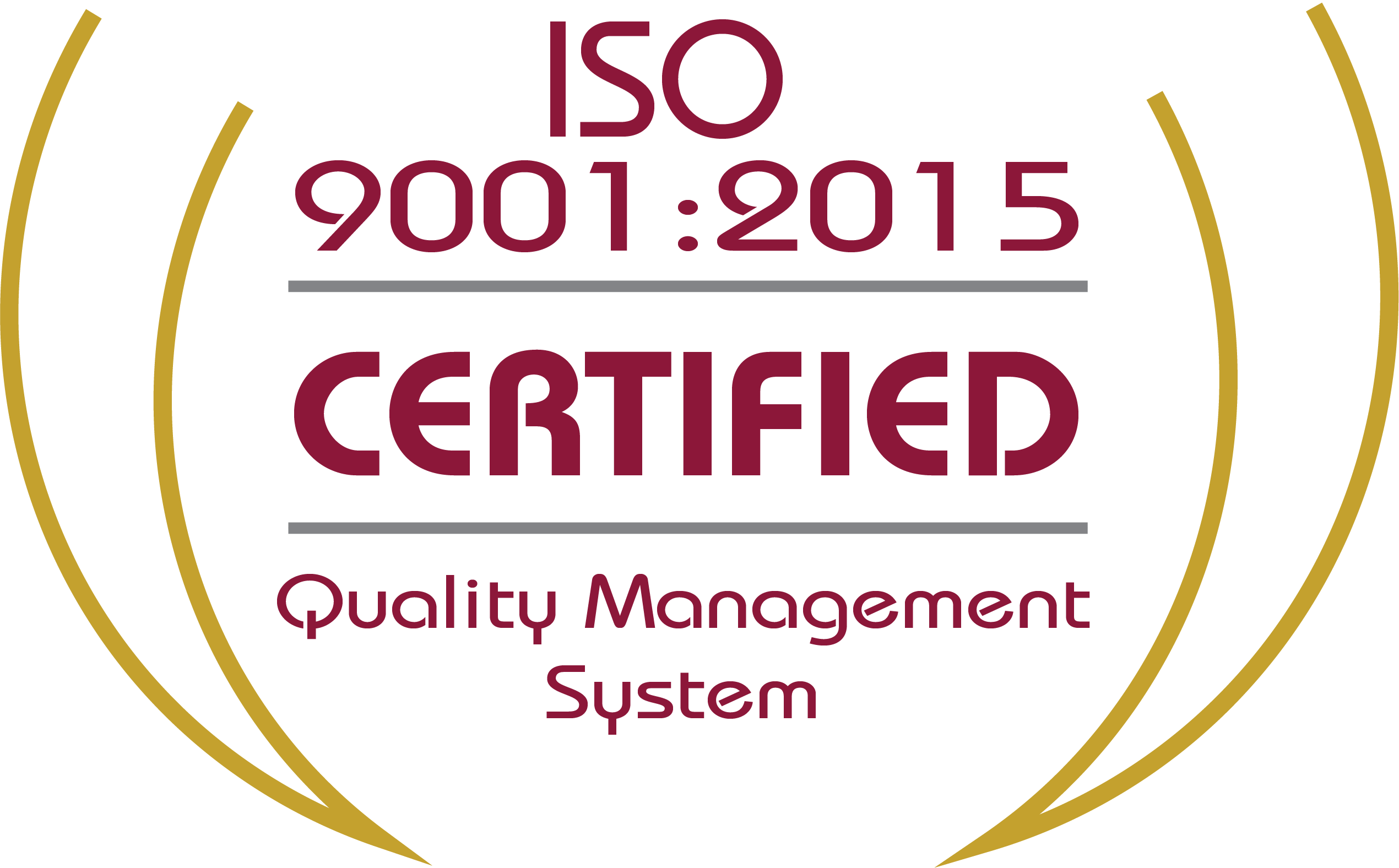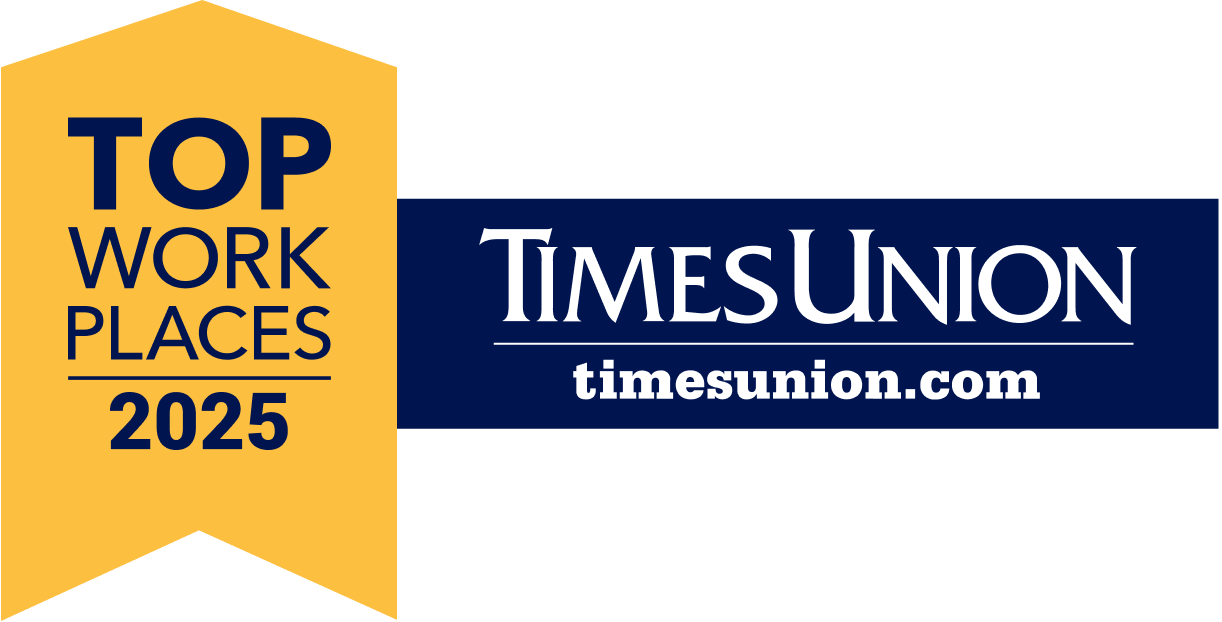Strategies for Managing High-Traffic Facilities:
Lessons from Industry Leaders
Managing high-traffic facilities presents unique challenges that require strategic planning, innovative solutions, and relentless execution. The most successful organizations focus on six best practices to ensure cleaner, safer, and healthier facilities, from airports to factories to hospitals and universities. Drawing from the expertise of industry leaders, we explore the most effective strategies for managing high-traffic facilities.
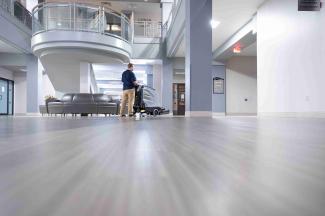
1. Proactive Maintenance Planning
Industry leaders emphasize the importance of proactive maintenance. A comprehensive maintenance plan should anticipate peak traffic times and allocate resources accordingly. For instance, hybrid work arrangements that are so common now in office spaces produce mid-week occupancy spikes. Implementing a schedule that increases cleaning frequency during these peak periods helps maintain consistently clean workspaces. This approach enhances the user experience and extends the lifespan of facility assets, ultimately reducing long-term costs.
2. Advanced Cleaning Technologies
Adopting advanced cleaning technologies has revolutionized how high-traffic facilities are maintained. Automated cleaning machines, such as robotic floor scrubbers, can efficiently cover large areas with minimal human intervention. Additionally, electrostatic sprayers and UV-C light sanitizers have proven effective in reducing the spread of germs and maintaining hygiene. These technologies improve cleaning efficiency and ensure a higher standard of cleanliness and safety. For example, electrostatic sprayers evenly distribute disinfectants across surfaces, ensuring comprehensive coverage and faster drying times. UV-C light sanitizers effectively eliminate pathogens without chemical cleaners. Implementing these technologies can significantly enhance the facility's overall cleanliness and reduce the risk of infection.
3. High-Quality Cleaning Products
Using high-quality, industrial-grade cleaning products is crucial in high-traffic facilities. They are more effective at removing dirt, grime, and pathogens, ensuring that surfaces remain clean and safe for extended periods. Industry leaders recommend partnering with reputable suppliers who can provide cleaning products that meet the specific needs of high-traffic environments. Eco-friendly products are also becoming increasingly popular as they maintain cleanliness while aligning with sustainability goals. High-quality products also tend to be more cost-effective in the long run, as they reduce the need for frequent reapplications and minimize damage to surfaces.
4. Training and Development
Well-trained staff are the backbone of any successful facility management strategy. Investing in continuous training programs ensures that cleaning personnel have the latest techniques and knowledge to handle high-traffic scenarios. Training should cover the proper use of cleaning equipment, the application of cleaning products, and adherence to safety protocols. Continuous education and certification programs help maintain high standards and adapt to evolving industry practices. Additionally, training programs should include soft skills development, such as communication and customer service, to ensure that staff can effectively interact with facility users and address their concerns promptly
5. Data-driven Decision-Making
Leveraging data to drive decisions is a hallmark of industry leaders. Using data analytics, facility managers can identify high-traffic patterns, monitor cleaning performance, and optimize resource allocation. Sensors and IoT devices provide real-time data on facility usage, enabling managers to respond swiftly to changing conditions. For example, implementing data-driven cleaning schedules can ensure that high-traffic areas receive more frequent attention, improving overall cleanliness and operational efficiency. Data-driven insights can also help identify inefficiencies and areas for improvement, allowing managers to make informed decisions that enhance facility operations and user satisfaction.
6. Engaging Stakeholders
Engaging all stakeholders, including employees, tenants, and visitors, in maintaining a clean environment is essential. Clear communication and collaboration foster a sense of shared responsibility. Placing hand sanitizing stations and promoting hygiene practices through signage can significantly enhance cleanliness efforts. Regular feedback and interactive workshops can ensure that everyone contributes to maintaining a hygienic environment. Encouraging stakeholder involvement not only improves cleanliness but also builds a sense of community and cooperation, leading to a more pleasant and productive facility environment.
Managing high-traffic facilities requires a multifaceted approach that combines proactive maintenance, advanced technologies, high-quality products, continuous training, data-driven decisions, and stakeholder engagement. By learning from industry leaders and implementing these strategies, facility managers can effectively tackle the challenges of maintaining cleanliness and operational efficiency in high-traffic environments, ensuring a safe and pleasant experience for everyone.
